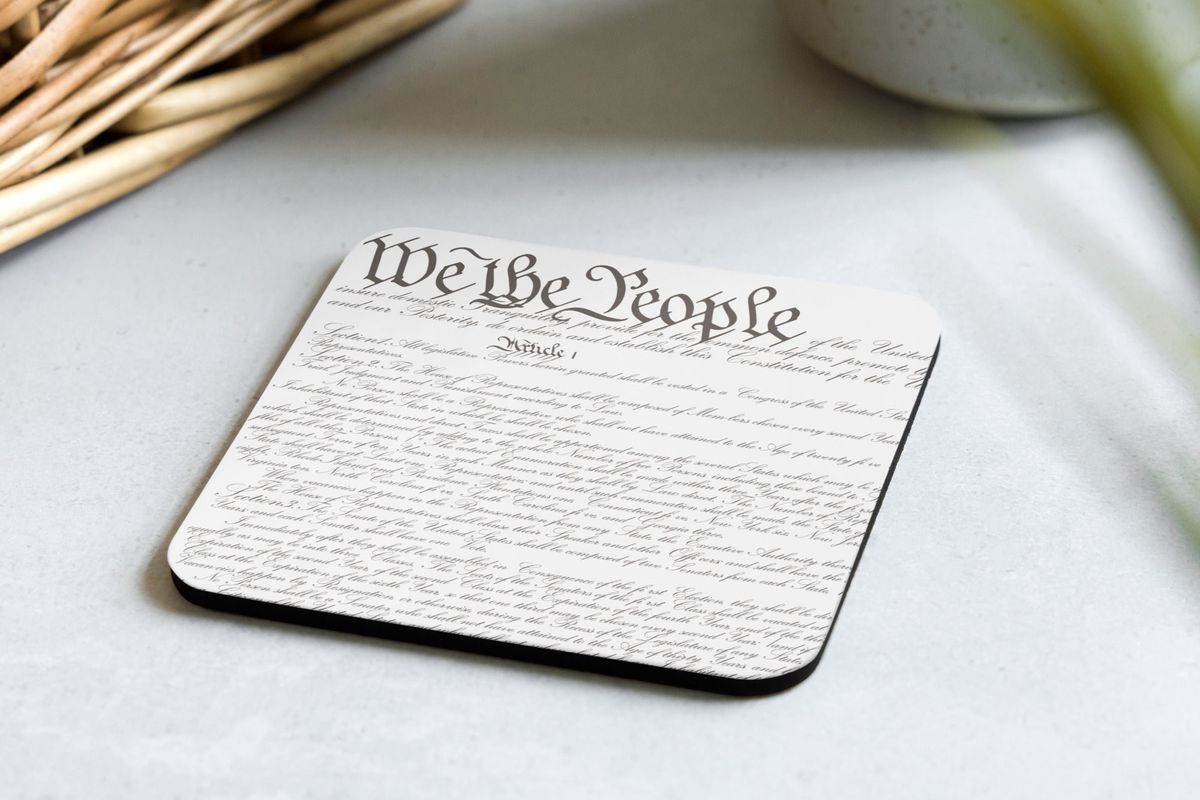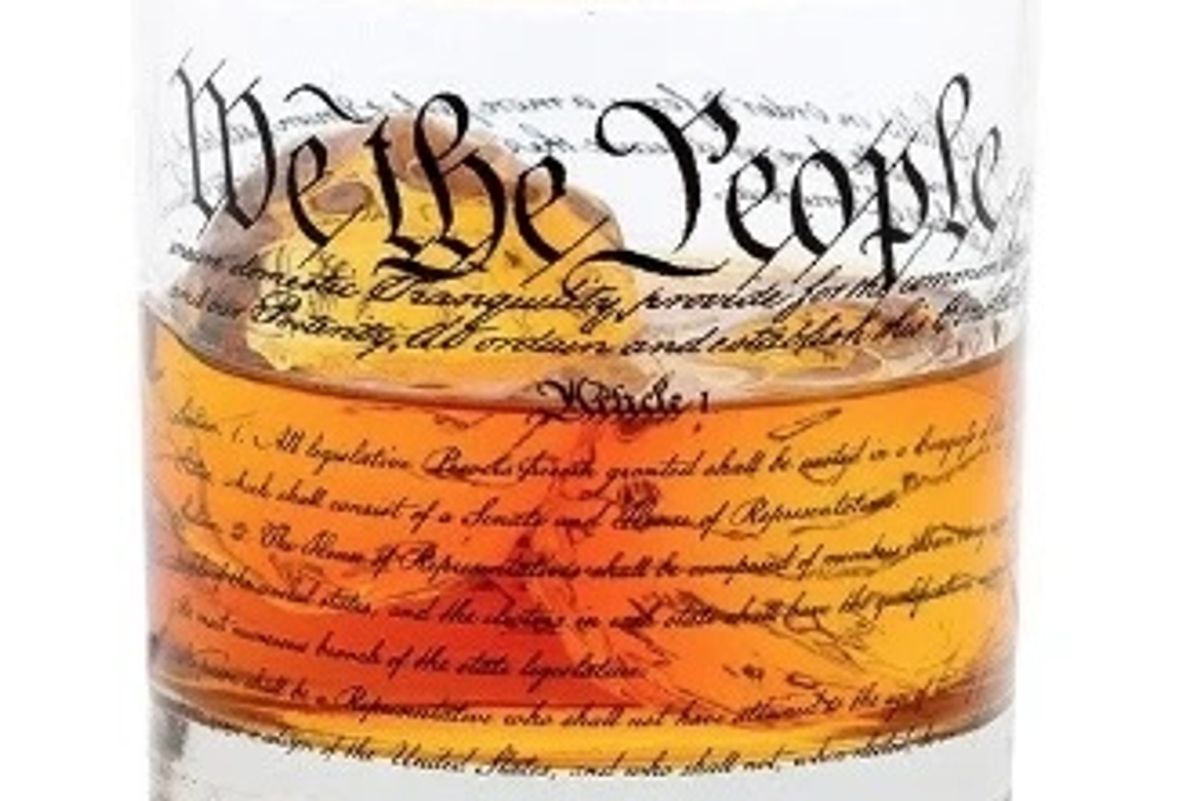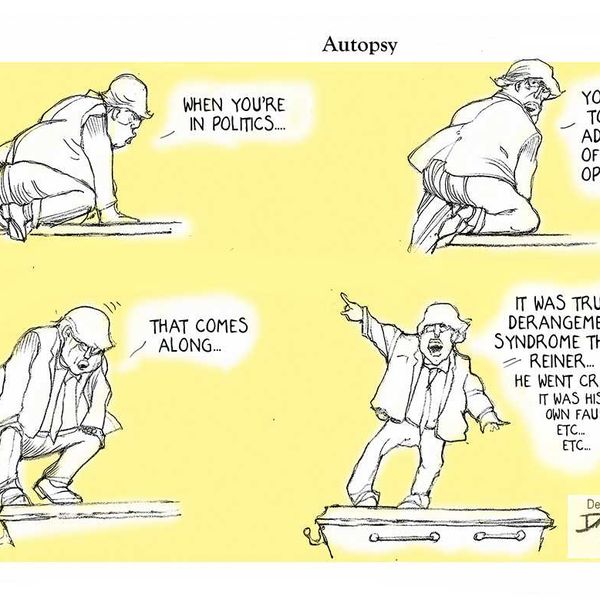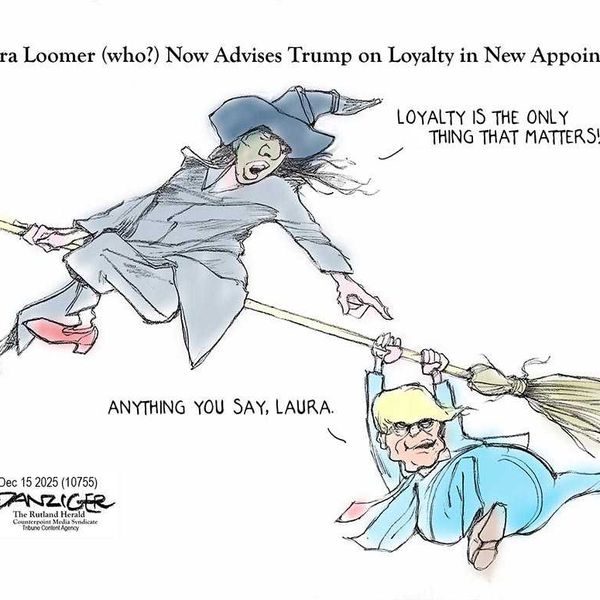Returning To His Roots, Trump Promotes Racial Discrimination In Housing

As polls show his base stagnant and his poll numbers dropping, Donald Trump has decided to replay an old favorite. While trying to strike fear of the invading "other" is right out of the 1968 playbook of both Richard Nixon and George Wallace, it's also a tactic Trump honed at his father's knee. It makes perfect sense for Trump in trouble to return to what he knows — and he knows all about shutting the literal and figurative door on Black folks moving into white neighborhoods.
In the 1970s, Trump and his father, Fred Trump — president and chairman, respectively, of Trump Management — were named as defendants in lawsuits brought by the Justice Department, accusing them of turning away African Americans who applied to rent apartments in some of the company's buildings. That would be breaking the letter and spirit of the Fair Housing Act of 1968, something that was by no means the exception among property owners of the time.
The reaction, though, was pure Donald Trump. Rather than settle the lawsuits quietly, as some did, he called the charges "absolutely ridiculous," denied them, countersued and said the government was trying to make him rent to "welfare recipients," all sadly predictable. Though the Trumps eventually settled without admitting guilt, test renters of different races received different treatment, and investigations found that certain discarded applications were marked with "C" for "colored."
Though the coding for a tenant deemed undesirable has changed, the sentiment remains. Trump 2020, in the middle of tweeting misinformation about COVID-19 treatment during a pandemic that has taken more than 150,000 lives in the United States, has decided that the best reelection strategy is fear, warning "Suburban Housewives of America" that Joe Biden "will destroy your neighborhood and your American Dream," and that electing the former vice president would mean hordes of people moving in, and lowering home values and raising crime rates.
Yikes! Is the president trying to protect me from me?
Indeed, White House policy backs up that message.
Team Trump first stopped enforcing, and then moved to eliminate, an Obama-era Affirmatively Furthering Fair Housing provision, an effort to bolster the 1968 law. Housing and Urban Development Secretary Ben Carson, calling it "unworkable and ultimately a waste of time for localities to comply with," had always ignored the rule, which required jurisdictions, not just the suburbs, to examine and remedy patterns of racial segregation before qualifying for HUD funds.
Carson's replacement provision, Preserving Community and Neighborhood Choice, would define fair housing more broadly as "affordable, safe, decent, free of unlawful discrimination, and accessible under civil rights laws," and push oversight to the local level.
That's quite a change from the federal power the Trump administration favors when it comes to sending armed agents to states and cities, whether or not mayors and governors ask for them.
The pushback has come not only from those you would expect, such as former Democratic presidential hopeful Julián Castro, HUD secretary in the Obama administration, who said the move was about "stoking racial resentment." But the National Association of Realtors also weighed in. Its president, Vince Malta, said in a letter to Carson that there was "broad consensus across the country that now is not the time to issue a regulation that could hinder further progress on addressing ongoing systemic racism in our country."
Now is the perfect time, though, for a president using images of clashes between protesters and law enforcement to ramp up the anxiety, despite the fact that the promise of stable housing of any kind is becoming increasingly uncertain for those with lives and incomes upended by the pandemic.
Carson has in the past dismissed the 2015 rule, calling efforts toward making affordable housing more accessible "social engineering." In truth, restrictive covenants, redlining by banks that limited loans to families in selected neighborhoods, violence that greeted Black families who moved into homes they worked hard to pay for, and more helped make America a country of neighborhoods, North, South, East and West, segregated by race.
That picture, thankfully, is slowly changing, with more minority residents in the "suburbs" than Trump's "Leave It to Beaver" fantasy suggests.
The American dream that Trump tweets about was desired and blocked for so many, including African American veterans who returned from World War II and found they did not qualify for those hard-earned GI mortgages and benefits. They were turned down for their patch of the dream in communities such as Levittown, for a time the definition of suburbia. And the federal government's stated policy — against "infiltration of inharmonious racial or nationality groups" — robbed them of the chance to build up generational wealth for their families.
It's hard to play catch-up when history is against you and when, as a recent investigation of Long Island communities by Newsday found, the discrimination continues. The gap between Black and white home ownership did not happen by chance.
In the city neighborhood that was once a suburb, the place where I live, the beautiful streets are lined with trees, originally hauled in by many Black workers who were blocked by law and a covenant that read: "This lot shall be owned and occupied by people of the Caucasian race only." No matter how much I presented as a down payment on my version of the American dream, it was only because of federal law that I could settle in.
And contrary to the president's notions, the apartments and smaller condos in the next block and the more diverse group of neighbors who lived in them did not bring in anyone who would ruin it.
Yet I know that not all the people who live in surrounding homes share that view. Some have expressed their accepting opinion of me as an individual, but reveal in their comments in the neighborhood's online chatter that other members of my race don't enjoy that "privilege."
It doesn't exactly surprise me that the president wants to take advantage of that discomfort felt sometimes by people who would deny it's there. It is a distraction, and besides, Trump bellows those judgments as though he believes the stereotypes are true. I have lived long enough to see fear, particularly in times of economic upheaval, work its magic.
Still, despite Trump's apocalyptic warnings, the hope is that 2020 isn't 1968.
Mary C. Curtis has worked at The New York Times, The Baltimore Sun, The Charlotte Observer, as national correspondent for Politics Daily, and is a senior facilitator with The OpEd Project. Follow her on Twitter @mcurtisnc3.
- Would Joe Biden's Housing Plan Destroy The Suburbs? - National ... ›
- Kellyanne Conway Invokes Dr. King To Defend Trump - National ... ›
- How Trump Officials Eviscerated America's Fair Housing Laws ... ›
- Trump Appointees Want To Weaken Fair Housing - National Memo ›
- Biden Says Systemic Racism Is A 'Stain On Our Nation's Soul' - National Memo ›








